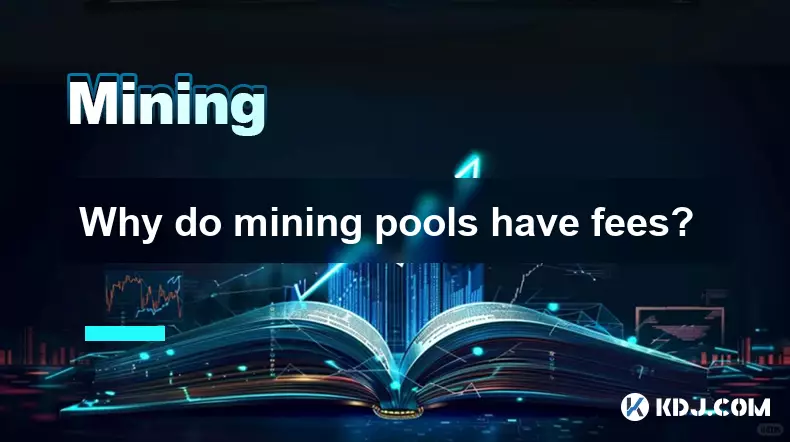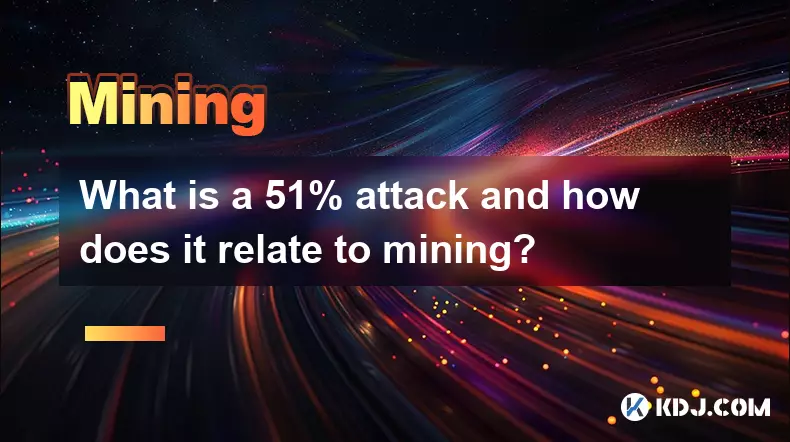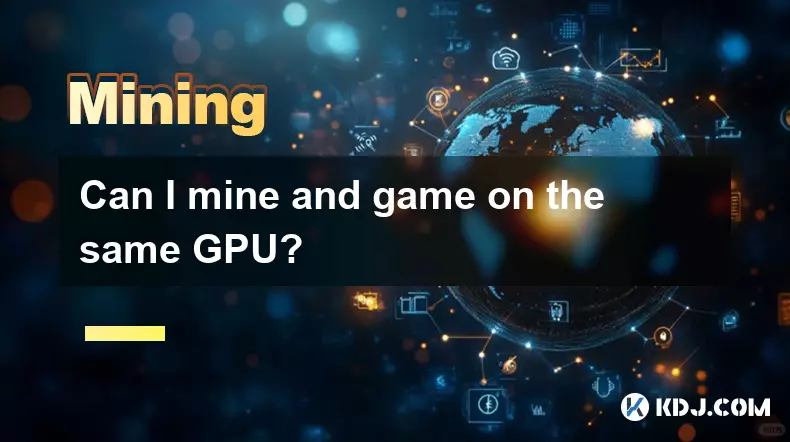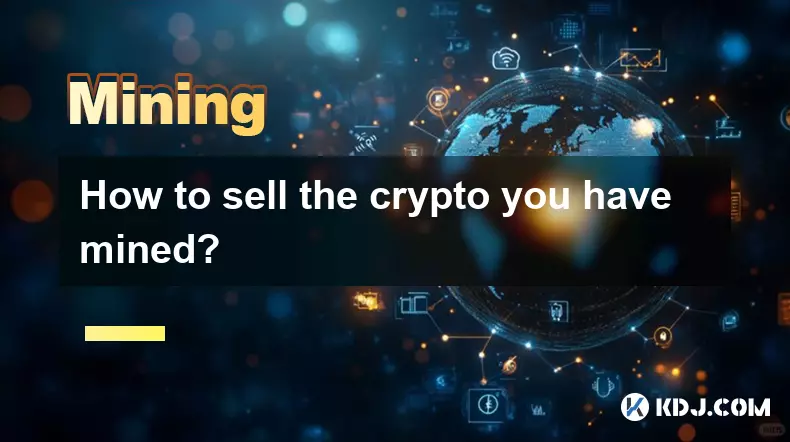-
 Bitcoin
Bitcoin $110000
-1.38% -
 Ethereum
Ethereum $4353
-1.95% -
 XRP
XRP $2.834
-1.20% -
 Tether USDt
Tether USDt $1.000
0.02% -
 BNB
BNB $847.1
-1.38% -
 Solana
Solana $206.1
-2.42% -
 USDC
USDC $0.9999
0.02% -
 Dogecoin
Dogecoin $0.2144
-1.54% -
 TRON
TRON $0.3378
-0.74% -
 Cardano
Cardano $0.8127
-2.69% -
 Chainlink
Chainlink $23.06
-2.34% -
 Hyperliquid
Hyperliquid $45.24
-0.77% -
 Ethena USDe
Ethena USDe $1.001
0.03% -
 Sui
Sui $3.285
-2.46% -
 Bitcoin Cash
Bitcoin Cash $588.1
-1.85% -
 Stellar
Stellar $0.3577
-1.93% -
 Avalanche
Avalanche $24.66
-2.52% -
 Hedera
Hedera $0.2129
-3.80% -
 Cronos
Cronos $0.2658
-2.11% -
 UNUS SED LEO
UNUS SED LEO $9.522
0.19% -
 Litecoin
Litecoin $110.6
-1.80% -
 Toncoin
Toncoin $3.122
-1.79% -
 Shiba Inu
Shiba Inu $0.00001212
-2.78% -
 Polkadot
Polkadot $3.770
-2.40% -
 Uniswap
Uniswap $9.346
-2.95% -
 Dai
Dai $0.9999
-0.02% -
 Monero
Monero $269.5
0.04% -
 Aave
Aave $319.6
-1.91% -
 Ethena
Ethena $0.6907
-5.62% -
 Bitget Token
Bitget Token $4.891
-3.49%
What is the role of a stratum server in pool mining?
The stratum server optimizes cryptocurrency mining by efficiently distributing work, validating shares, and ensuring secure, real-time communication between miners and pools.
Sep 04, 2025 at 06:01 pm

Understanding the Stratum Server in Cryptocurrency Mining
1. The stratum server acts as a communication bridge between mining pools and individual miners. It ensures that work is distributed efficiently and results are collected in a structured manner. Without such a server, coordination across thousands of mining devices would be chaotic and unproductive.
2. Miners connect to the stratum server using specific protocols designed for low-latency and high-reliability data exchange. These protocols allow real-time transmission of block templates and immediate reporting of share submissions, which is crucial for maintaining accurate reward distribution.
3. The server continuously updates miners with the latest block data, including changes in the merkle root, timestamp, and difficulty targets. This dynamic updating prevents miners from wasting computational power on outdated work units, thereby increasing the overall efficiency of the mining pool.
4. By validating shares locally before forwarding them to the blockchain network, the stratum server reduces the load on the main network. It filters out invalid or duplicate submissions, ensuring only legitimate proof-of-work attempts are considered for block confirmation.
5. Security is enhanced through encrypted connections between miners and the stratum server. This protects against man-in-the-middle attacks and ensures that mining rewards are credited to the correct participants based on verified contributions.
Work Distribution and Task Management
1. The stratum server breaks down the mining process into manageable tasks called work units. Each unit contains a unique combination of block header parameters that miners use to generate hash attempts.
2. When a miner completes a work unit or reaches a predefined threshold, it sends back a share—a proof that it has performed the required computation. The stratum server evaluates these shares based on difficulty and validity.
3. If a share meets the pool's internal difficulty criteria, it is accepted and recorded for reward calculation. Shares that are too easy or malformed are rejected to prevent abuse and maintain fairness.
4. The server dynamically adjusts the difficulty of work units based on the miner's hashrate. High-performance rigs receive harder tasks, while slower devices get easier ones, balancing the contribution across diverse hardware setups.
5. In cases where network conditions change rapidly, such as a new block being confirmed, the stratum server immediately broadcasts updated work to all connected miners. This minimizes stale shares and keeps the pool competitive.
Data Flow and Network Efficiency
1. Communication between miners and the stratum server occurs over persistent TCP connections, reducing handshake overhead and enabling continuous data streaming. This design choice significantly improves response times compared to HTTP-based polling systems.
2. The server compresses and batches certain types of data to minimize bandwidth usage, especially important for large-scale operations with geographically dispersed participants.
3. Real-time monitoring tools integrated into the stratum server allow pool operators to track uptime, reject rates, and individual miner performance. These insights help optimize resource allocation and troubleshoot connectivity issues.
4. Load balancing mechanisms within the server infrastructure distribute incoming miner connections across multiple backend instances, preventing bottlenecks during peak activity periods.
5. The stratum protocol supports extensions like version rolling and user-defined extranonce sizes, giving pools flexibility in how they construct candidate blocks and manage miner coordination.
Frequently Asked Questions
What happens if a miner disconnects from the stratum server?When a miner loses connection, it stops receiving new work units. Once reconnected, it resumes mining with the latest block template. Any shares submitted during downtime are lost, emphasizing the importance of stable internet connectivity.
Can a single stratum server support multiple cryptocurrencies?Yes, some advanced stratum implementations are designed to handle multiple coins by switching protocols or running separate instances. However, most servers specialize in one blockchain to ensure optimal performance and compatibility.
How does the stratum server prevent cheating by miners?It enforces strict validation rules on submitted shares, checks for duplicate submissions, and monitors abnormal patterns such as excessively high reject rates. Pools may also implement identity verification and session tracking to deter malicious behavior.
Disclaimer:info@kdj.com
The information provided is not trading advice. kdj.com does not assume any responsibility for any investments made based on the information provided in this article. Cryptocurrencies are highly volatile and it is highly recommended that you invest with caution after thorough research!
If you believe that the content used on this website infringes your copyright, please contact us immediately (info@kdj.com) and we will delete it promptly.
- Dogecoin's Key Indicator Flashes Buy Signal Amidst Market Drop: A New York Minute
- 2025-09-04 22:25:15
- Gold, Trump, and the Flight to Safety: What's Driving the Market in 2025?
- 2025-09-04 22:25:15
- BlockchainFX (BFX): The New Exchange Token Rivaling BNB and Hyperliquid?
- 2025-09-04 20:30:11
- Cardano Price, Pi Coin, Remittix Presale: Navigating the Crypto Landscape
- 2025-09-04 21:05:11
- Polygon, Blockchain, and India: A Web3 Powerhouse
- 2025-09-04 20:30:11
- Justin Sun, HTX, and High-Yield Products: A Deep Dive into Crypto's Latest Trends
- 2025-09-04 20:45:12
Related knowledge

Why do mining pools have fees?
Sep 04,2025 at 09:18pm
Understanding the Role of Mining Pools in Cryptocurrency Networks1. Mining pools aggregate the computational power of multiple miners to increase the ...

What is a 51% attack and how does it relate to mining?
Sep 04,2025 at 04:36pm
Understanding the 51% Attack in Blockchain Networks1. A 51% attack occurs when a single entity or group gains control over more than half of a blockch...

Can I mine and game on the same GPU?
Sep 04,2025 at 09:00pm
Running Mining and Gaming Simultaneously on One GPU1. Sharing a single GPU between cryptocurrency mining and gaming is technically possible but comes ...

What is the role of a stratum server in pool mining?
Sep 04,2025 at 06:01pm
Understanding the Stratum Server in Cryptocurrency Mining1. The stratum server acts as a communication bridge between mining pools and individual mine...

How to sell the crypto you have mined?
Sep 04,2025 at 03:54pm
Choosing the Right Exchange Platform1. Selecting a reliable cryptocurrency exchange is the first critical step in selling mined crypto. Platforms like...

How does merge mining work?
Sep 04,2025 at 07:36pm
Merge Mining: A Dual-Chain Approach1. Merge mining allows miners to simultaneously secure two or more blockchains using the same computational power. ...

Why do mining pools have fees?
Sep 04,2025 at 09:18pm
Understanding the Role of Mining Pools in Cryptocurrency Networks1. Mining pools aggregate the computational power of multiple miners to increase the ...

What is a 51% attack and how does it relate to mining?
Sep 04,2025 at 04:36pm
Understanding the 51% Attack in Blockchain Networks1. A 51% attack occurs when a single entity or group gains control over more than half of a blockch...

Can I mine and game on the same GPU?
Sep 04,2025 at 09:00pm
Running Mining and Gaming Simultaneously on One GPU1. Sharing a single GPU between cryptocurrency mining and gaming is technically possible but comes ...

What is the role of a stratum server in pool mining?
Sep 04,2025 at 06:01pm
Understanding the Stratum Server in Cryptocurrency Mining1. The stratum server acts as a communication bridge between mining pools and individual mine...

How to sell the crypto you have mined?
Sep 04,2025 at 03:54pm
Choosing the Right Exchange Platform1. Selecting a reliable cryptocurrency exchange is the first critical step in selling mined crypto. Platforms like...

How does merge mining work?
Sep 04,2025 at 07:36pm
Merge Mining: A Dual-Chain Approach1. Merge mining allows miners to simultaneously secure two or more blockchains using the same computational power. ...
See all articles

























































































